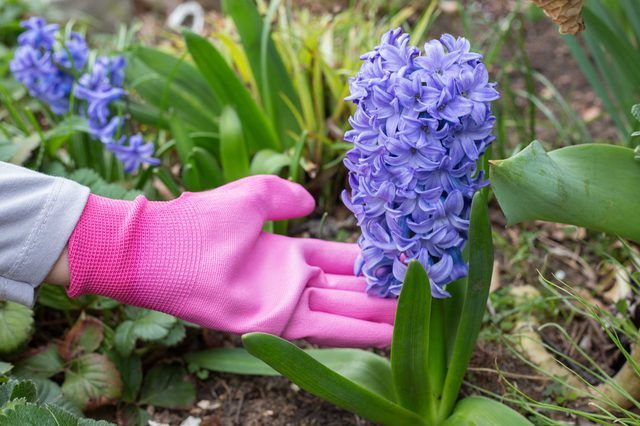Bulbs
Flower Basics
Flower Beds & Specialty Gardens
Flower Garden
Garden Furniture
Garden Gnomes
Garden Seeds
Garden Sheds
Garden Statues
Garden Tools & Supplies
Gardening Basics
Green & Organic
Groundcovers & Vines
Growing Annuals
Growing Basil
Growing Beans
Growing Berries
Growing Blueberries
Growing Cactus
Growing Corn
Growing Cotton
Growing Edibles
Growing Flowers
Growing Garlic
Growing Grapes
Growing Grass
Growing Herbs
Growing Jasmine
Growing Mint
Growing Mushrooms
Orchids
Growing Peanuts
Growing Perennials
Growing Plants
Growing Rosemary
Growing Roses
Growing Strawberries
Growing Sunflowers
Growing Thyme
Growing Tomatoes
Growing Tulips
Growing Vegetables
Herb Basics
Herb Garden
Indoor Growing
Landscaping Basics
Landscaping Patios
Landscaping Plants
Landscaping Shrubs
Landscaping Trees
Landscaping Walks & Pathways
Lawn Basics
Lawn Maintenance
Lawn Mowers
Lawn Ornaments
Lawn Planting
Lawn Tools
Outdoor Growing
Overall Landscape Planning
Pests, Weeds & Problems
Plant Basics
Rock Garden
Rose Garden
Shrubs
Soil
Specialty Gardens
Trees
Vegetable Garden
Yard Maintenance
Are Hyacinths Perennials?
Are Hyacinths Perennials?. Without hyacinths' fragrance, the spring-is-in-the-air feeling may lose much of its magic. In their native eastern Mediterranean habitats, hyacinths (Hyacinthus spp.) have been revered as symbols of rebirth for centuries. Today, the dense spikes of white, pale-yellow, pink, blue, purple or red flowers of garden, or Dutch,...
Without hyacinths' fragrance, the spring-is-in-the-air feeling may lose much of its magic. In their native eastern Mediterranean habitats, hyacinths (Hyacinthus spp.) have been revered as symbols of rebirth for centuries. Today, the dense spikes of white, pale-yellow, pink, blue, purple or red flowers of garden, or Dutch, hyacinth (Hyacinthus orientalis) hybrids perfume countless gardens. Given the proper care, hyacinths provide decades of spring color where they are perennial, in U.S. Department of Agriculture plant hardiness zones 4 though 8.
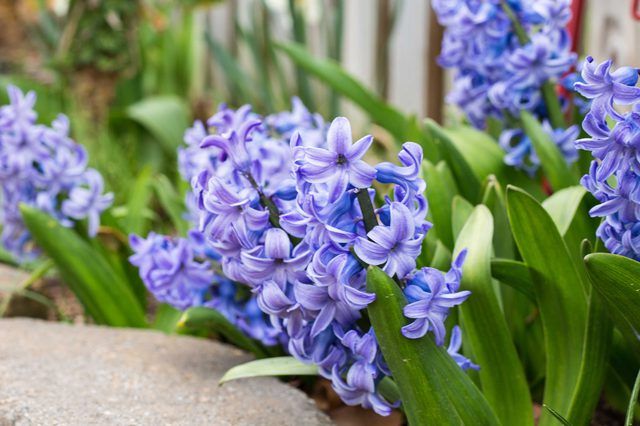
Hyacinths in cold-winter climates bloom year after year from bulbs planted once and left in the ground. The catch is that they need a winter chilling period. with at least 12 weeks of temperatures between 32 and 45 degrees Fahrenheit.
In mild-winter areas, hyacinths won't rebloom unless the bulbs are lifted and refrigerated after their foliage dies back in summer. Placed in closed paper bags for protection from ethylene gas released by ripening fruit, they'll keep for up to four months. Planted in December or early January, the chilled bulbs usually bloom in two to three weeks.
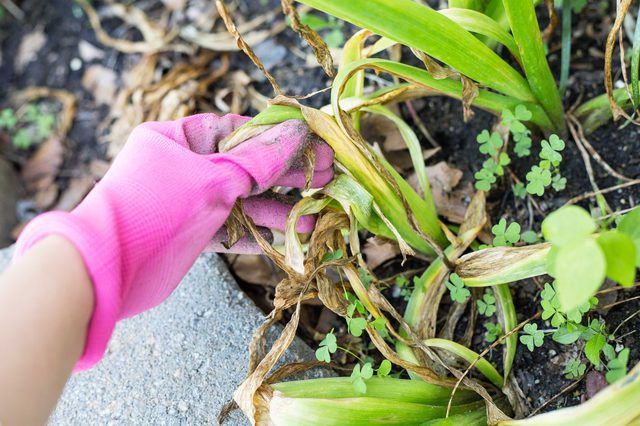
Producing flowers year after year eventually takes a toll. A hyacinth's leaves photosynthesize the food its bulb stores, and its annual flower production depends on how much food its leaves manufacture. The best-fed bulbs produce 40 to 100 individual flowers on spikes reaching 6 to 10 inches tall.
Plant hyacinths in well-draining, organically rich soil where they receive at least four hours of daily sun exposure for their continuing performance. Sites beneath deciduous trees are fine because the trees usually don't leaf out until after the bulbs bloom in spring. In cold-winter climates, planting the bulbs about six weeks before the soil typically freezes gives them time to develop healthy roots and ensures their chilling requirements are met.
Poorly draining soil exposes hyacinths to bulb rot while heavy clay soil restricts the bulbs' root development and ability to store food. Eliminate both problems by improving the soil's drainage and texture before planting; work a 2- to 3-inch-thick layer of organic compost into the top 10 to 12 inches of soil before planting. That amounts to about 60 to 90 pounds of compost for every 10 square feet of soil.
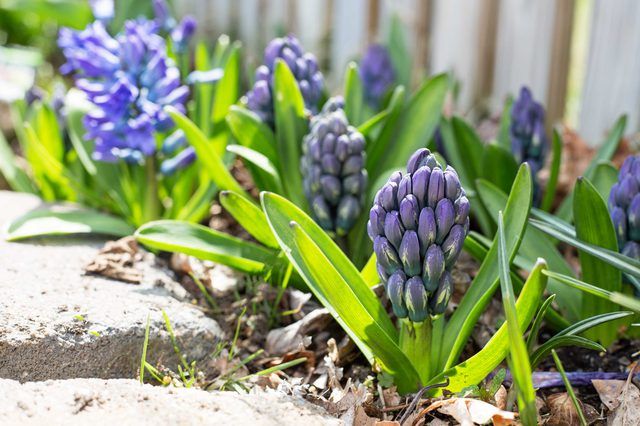
Fertilizing hyacinth bulbs regularly boosts the amount of food they store. Each fall, sprinkle a mixture of 2 cups of bonemeal and 5 tablespoons of granulated, 10-10-10, water-soluble fertilizer over each 10 square feet of the planting bed, and work the mixture lightly into the soil.
When hyacinth leaves poke through the soil in spring, dose the soil again with an equal amount of the 10-10-10 fertilizer, but skip the bonemeal. Don't fertilize after the flowers appear; doing so may shorten the blooming period or lead to bulb rot. After the flowers fade, leave the foliage in place to feed the bulbs. When the foliage becomes soft and yellow, pull it from the ground.
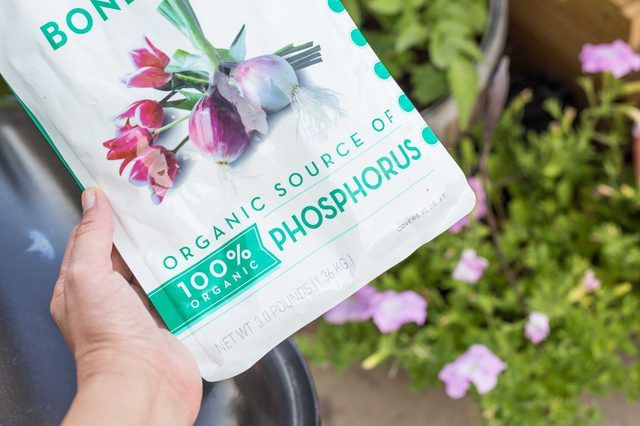
The dark side of hyacinths' delightful perennial displays comes from the toxins in their bulbs. Wear waterproof gloves when handling them, and plant them where pets won't be tempted to treat them as snacks.
